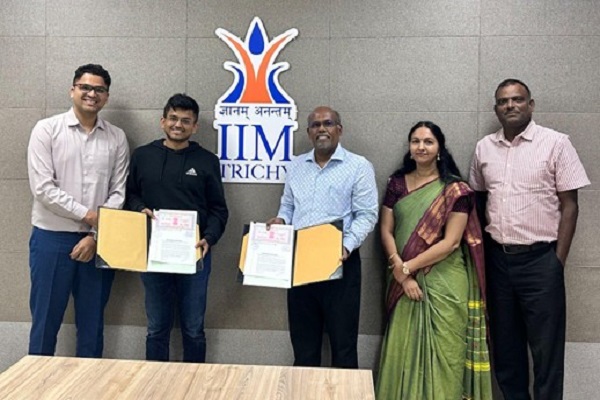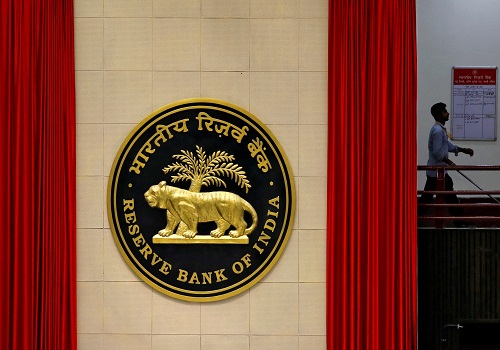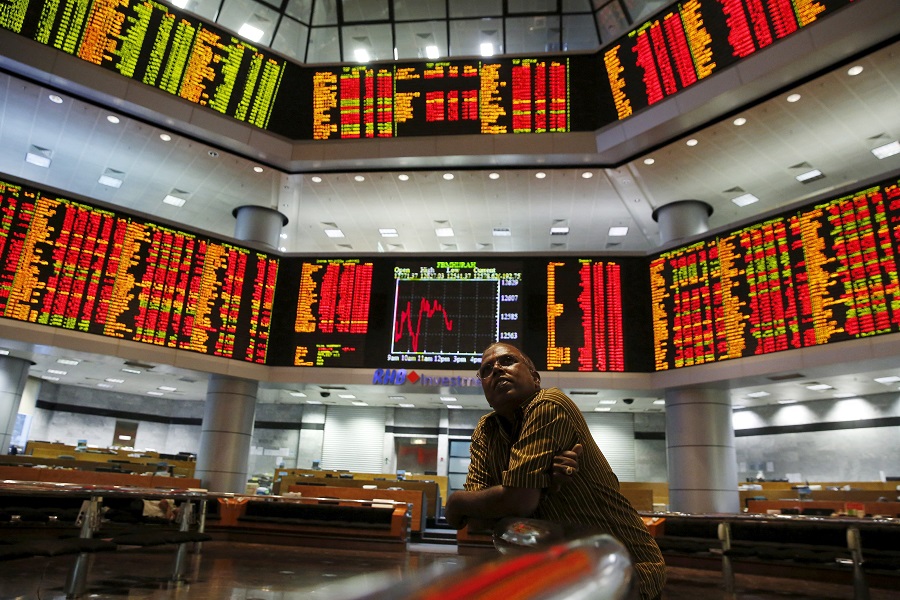Perspective on GST 2.0 announcement by Mr. Arsh Mogre, Economist, PL Capital

Below the Perspective on GST 2.0 announcement by Mr. Arsh Mogre, Economist, PL Capital
“GST 2.0 is a genuine structural simplification—collapsing the rate grid to 5% and 18% with a 40% sin/ultra-luxury slab from 22 September—reorienting the tax system toward mass-consumption, health, and productive capital while pruning distortions in autos, durables, cement, and select services. The centre pegs the gross revenue cost at ~Rs.480bn (~0.15% of GDP); however, the distributional burden across states is uncertain and hinges on compensation design, the sin-slab (now including RSP-based levies on tobacco/pan masala), and compliance-led buoyancy gains—areas policymakers have flagged but not fully specified. On the demand side, large price-salient cuts (e.g., air-conditioners/TVs 28→18; small cars and ≤350cc 2-wheelers to 18; cement 28→18; tractors and key agri inputs 12/18→5; life/health insurance zero-rated) directly lift real disposable income and reduce user-costs in sectors with deep supply chains, supporting a near-term consumption impulse and capex-adjacent activity. On the macro-financial side, the longer-end sell-off reflects front-loaded fiscal concern, but the policy reaction function (RBI cuts of 50 bps to 5.0% with scope for OMOs and supply-timing tweaks) implies curve-steepening that should ease as inflation undershoots and efficiency dividends materialize. In FX, the reform credibly offsets part of tariff drag: MUFG projects USD/INR around 89.0 by 1Q26, with structural reforms and prospective Fed easing tempering INR downside. Net-net, the growth mix tilts toward domestic demand resilience; the key risks are state-centre fiscal compacting and whether sin-slab/administrative gains fully backfill the static revenue loss”.
Above views are of the author and not of the website kindly read disclaimer










More News

Quote on RBI MPC by Mr. Sadaf Sayeed, CEO, Muthoot Microfin













